Singapore voices confidence
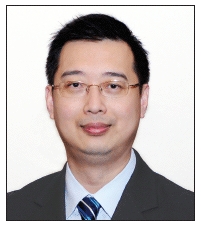 |
| Simon Wong Wie Kuen |
Singaporean ambassador to Vietnam Simon Wong Wie Kuen talks with VIR's Lien Huong about the potential for investment growth this year and potential areas for Singaporean firms to expand their investments in Vietnam.
What are your views on the prospects of Singapore’s investment in Vietnam for this year?
Singaporean companies have been investing in Vietnam for a long time. They are confident of the long-term investment prospects of Vietnam, as signaled by the steady growth of Singaporean investments in Vietnam. Singapore is currently the largest foreign investor in Vietnam with registered cumulative investments of $23 billion.
With the continued recovery of the world economy, we are confident that our companies will continue to invest in Vietnam, particularly in the light of the improving Vietnamese economy and the economic reforms under the governmental leadership.
The Ministry of Planning and Investment recently forecasted that Vietnam would attract $11 billion worth of foreign direct investment in 2011 with the focus on high-end quality investments. We are excited about Vietnam’s investment prospects for the year 2011. We are confident that Singaporean investments into Vietnam will continue to grow and that our bilateral relations will continue to strengthen.
It was recently announced that Nokia Corporation will build its large-scale manufacturing plant in the Vietnam-Singapore Industrial Park (VSIP) in Bac Ninh province. What are your views of this big project in VSIP Bac Ninh?
Pending approval to be sited in VSIP Bac Ninh, the Nokia Corporation project is a strong affirmation of the VSIP model in Vietnam. First launched in 1996 by then Vietnamese Prime Minister Vo Van Kiet and Singaporean Prime Minister Goh Chok Tong, the VSIP has since expanded to four large projects.
These are VSIP I and II in Binh Duong, VSIP III in Bac Ninh and VSIP IV in Haiphong. The VSIP projects are an attractive destination for investors not only because they are efficiently-run and well managed environmentally, but because they run on the cluster-principle to maximise the synergies between industries.
When approved, Nokia Corporation’s investment in VSIP is a testimony of the 15 years of success in the VSIP model. So far, the VSIP projects have attracted investments from large multi-national firms like Pepsico, Proctor&Gamble, Mapletree, and Sembcorp.
What proportion of the companies operating in VSIPs are Singaporean firms?
Singaporean companies are among the top nationalities to invest in manufacturing plants in the VSIPs. Currently 14 per cent of VSIPs’ operational tenants are Singaporeans. The VSIPs are also attracting interest from other sectors such as childcare centres, hospitality, medical centres and residential developers.
Although Singaporean enterprises have so far registered more than 100 projects in Hanoi, only about 10 per cent of these have been registered in industrial parks. Please talk more about the difficulties faced by Singaporean firms in the industrial parks there.
While our companies continue to find good value in investing in the VSIPs and other industrial parks (IPs) in Vietnam, they are also looking to explore other locations that may not be within IPs.
The composition of Singapore’s investment in Hanoi can be described as rather typical. As land prices are very high in Hanoi and large tracts of land are very difficult to obtain in the city, manufacturing firms from Singapore are often located outside big cities like Hanoi. Within Hanoi, our biggest investments are in the property and urban re-development sectors. Our investors are also looking into new areas like affordable housing and shopping malls in the city.
In the past, Singaporean firms mostly centered their businesses in southern Vietnam. There has been a recent trend where Singaporean investors are paying greater attention to northern and central provinces. Could you shed some light on this?
There are currently three main corridors of growth in Vietnam. The Ba Ria Vung Tau-Ho Chi Minh City-Binh Duong axis in the south, the Hue-Quang Nam-Danang corridor in the centre and Hanoi-Bac Ninh-Hai Duong-Haiphong corridor in the north.
Singaporean investments began in the south and these investments are doing very well. To grow larger and more rapidly, Singaporean businesses must look at central and northern corridors for growth. Our new investments in Bac Ninh and Haiphong are examples of this trend.
What the stars mean:
★ Poor ★ ★ Promising ★★★ Good ★★★★ Very good ★★★★★ Exceptional
Related Contents
Latest News
More News
- AEO certification a testament to Piaggio's success (March 12, 2024 | 19:06)
- AkzoNobel sets standard in consumer electronics with sustainable and innovative coating solutions (March 12, 2024 | 10:08)
- Saint-Gobain promotes sustainable construction in Vietnam (February 29, 2024 | 09:00)
- Increasing private investment in healthcare – A long journey ahead (February 27, 2024 | 16:43)
- Get ready for a massive AI shift (February 15, 2024 | 10:04)
- Well-positioned to capture growth opportunities in Vietnam (February 05, 2024 | 13:22)
- Japan-Vietnam economic ties on long-term trajectory (December 14, 2023 | 11:56)
- DHL Express opens new gateway in Hanoi (December 13, 2023 | 08:00)
- AEON committed to more sustainable consumption (November 23, 2023 | 14:42)
- Shared solutions can bring out best in green ambition (November 20, 2023 | 11:05)



 Tag:
Tag: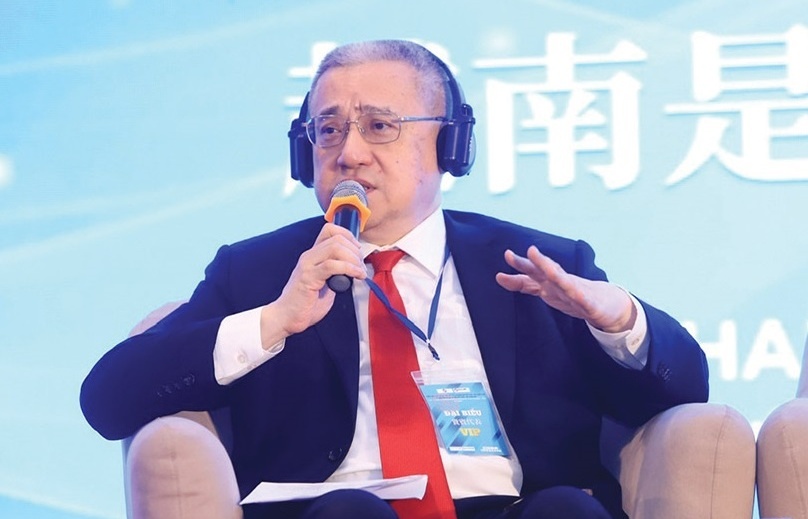
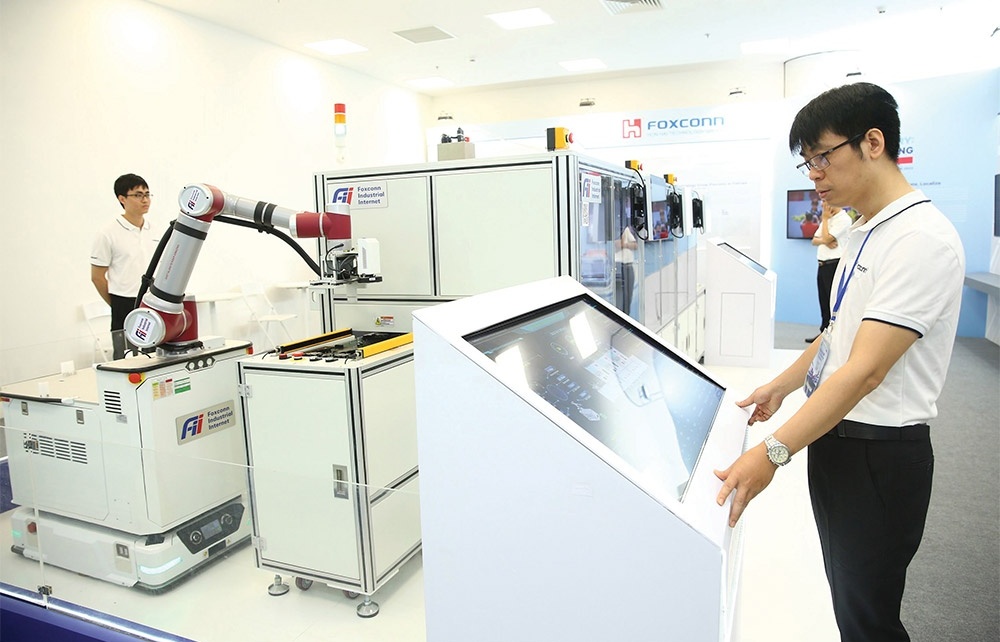



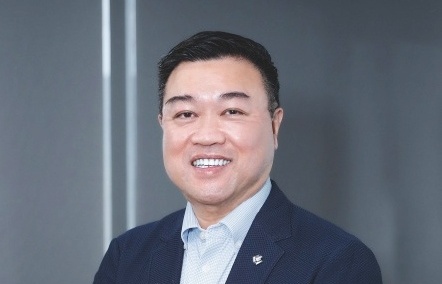
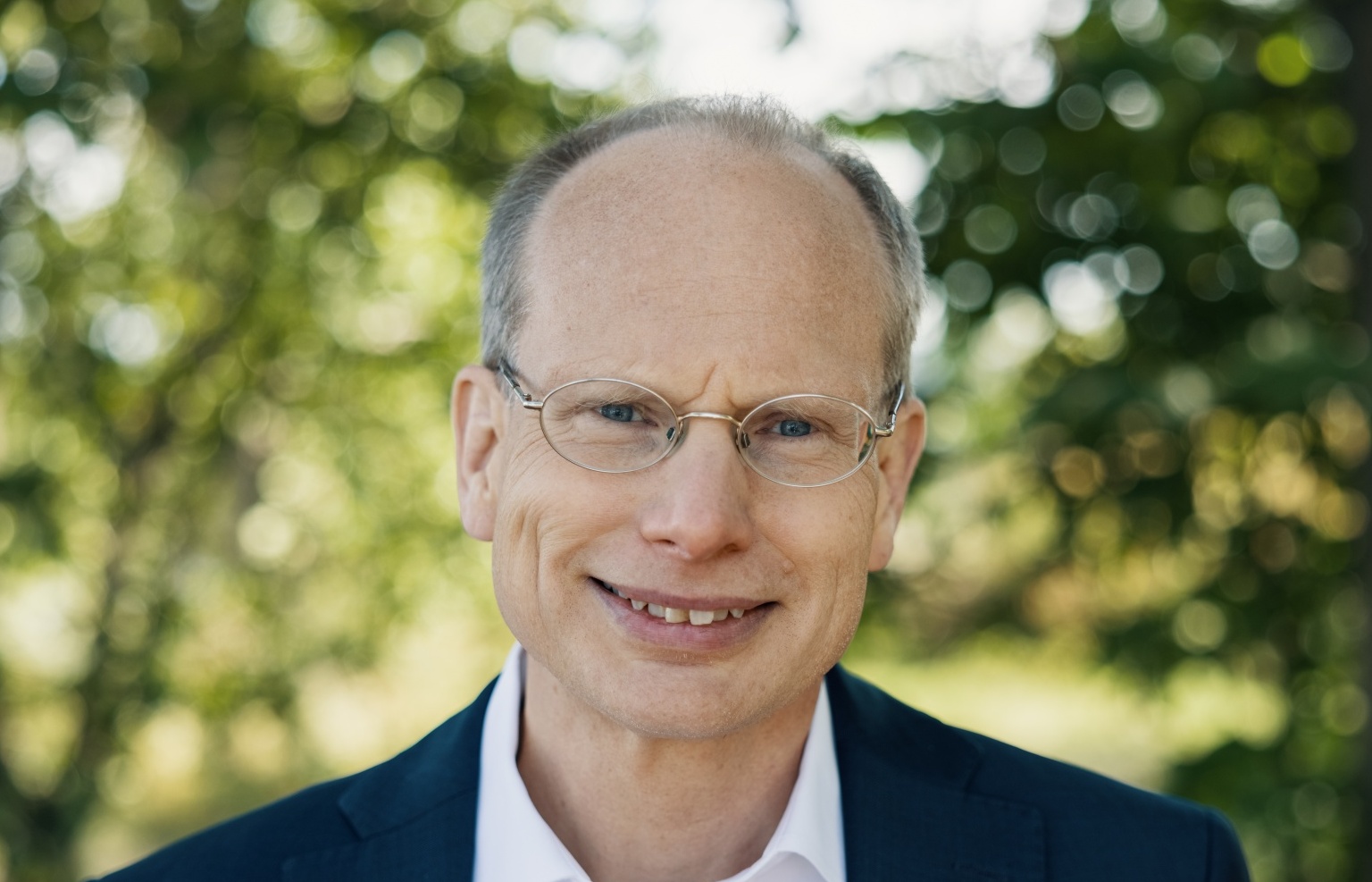
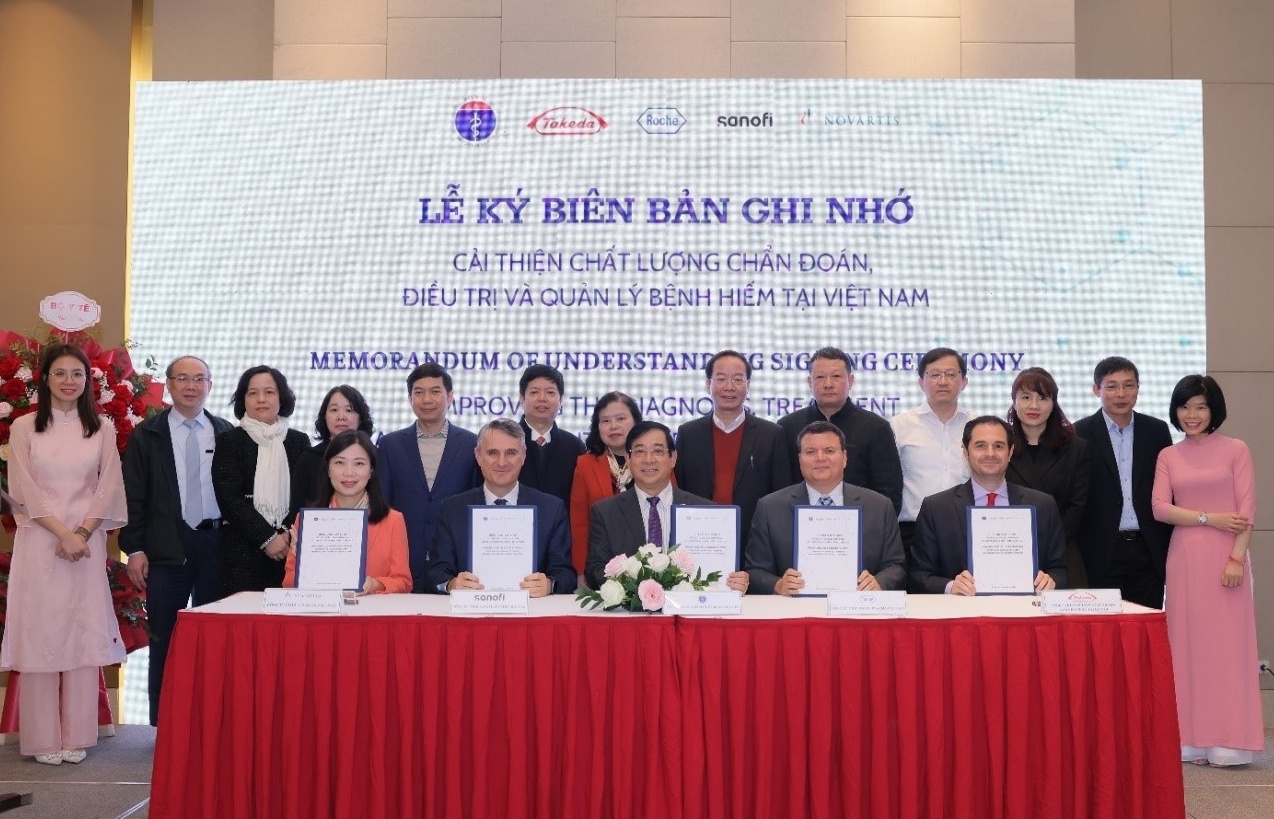

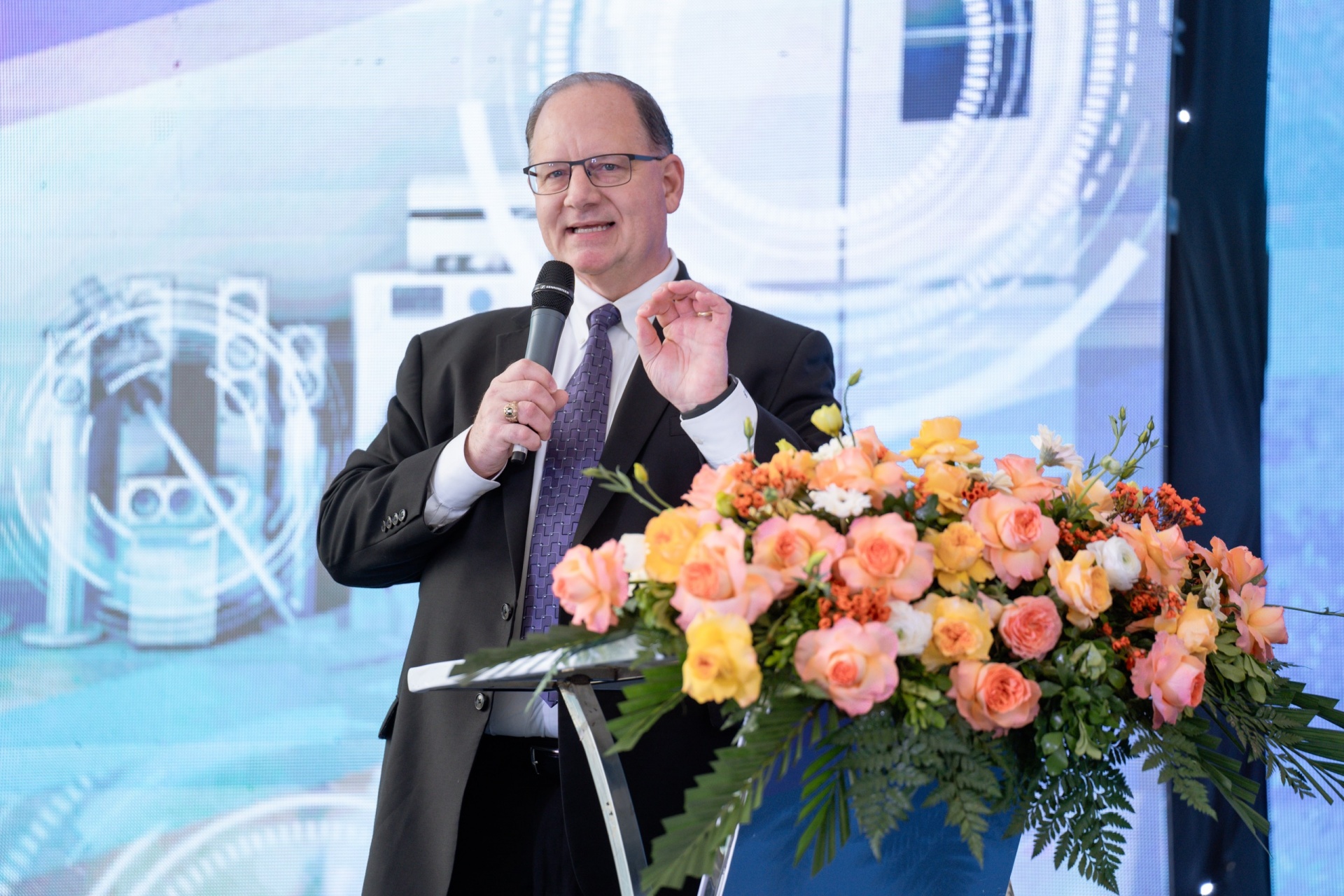
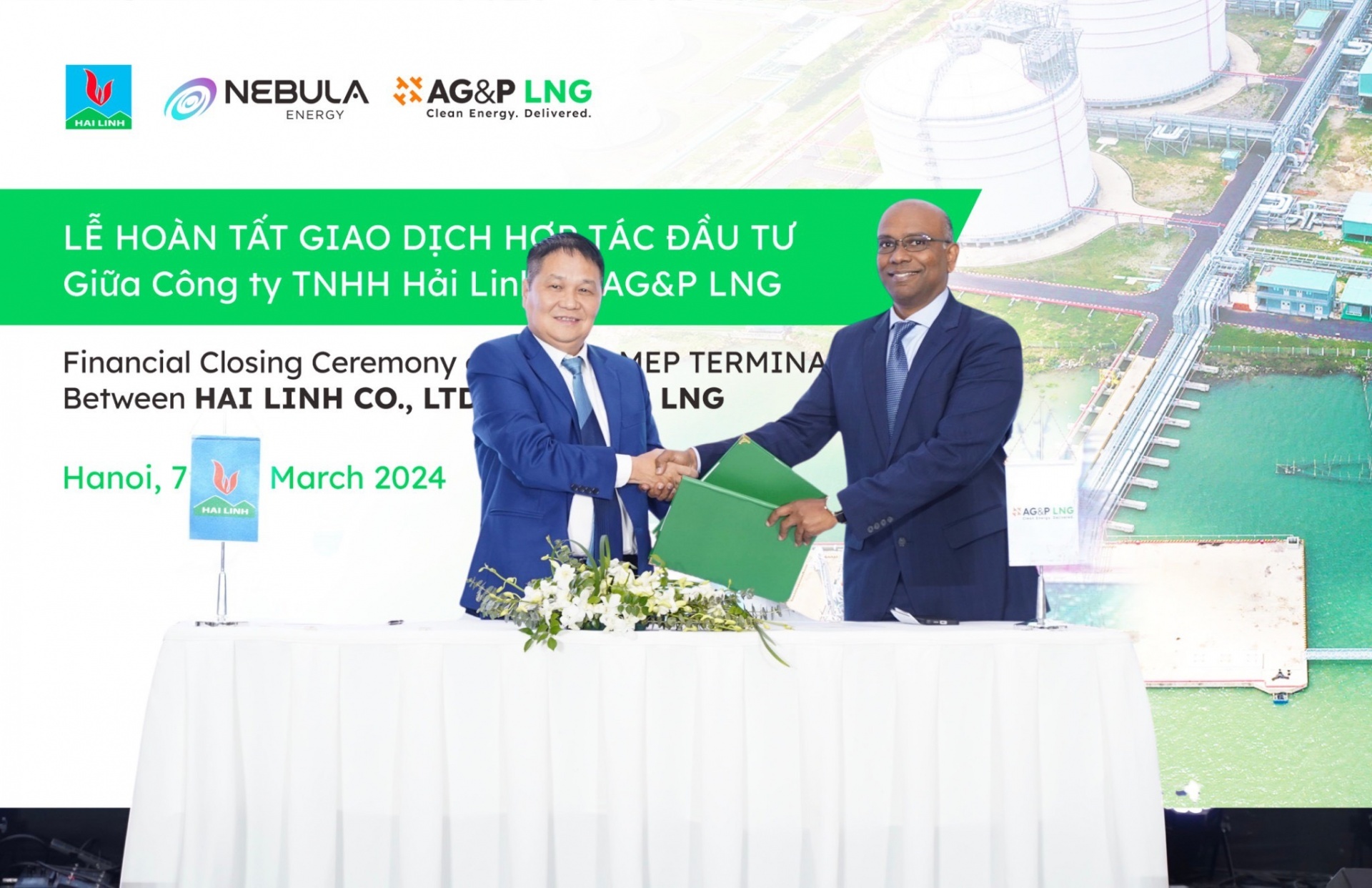


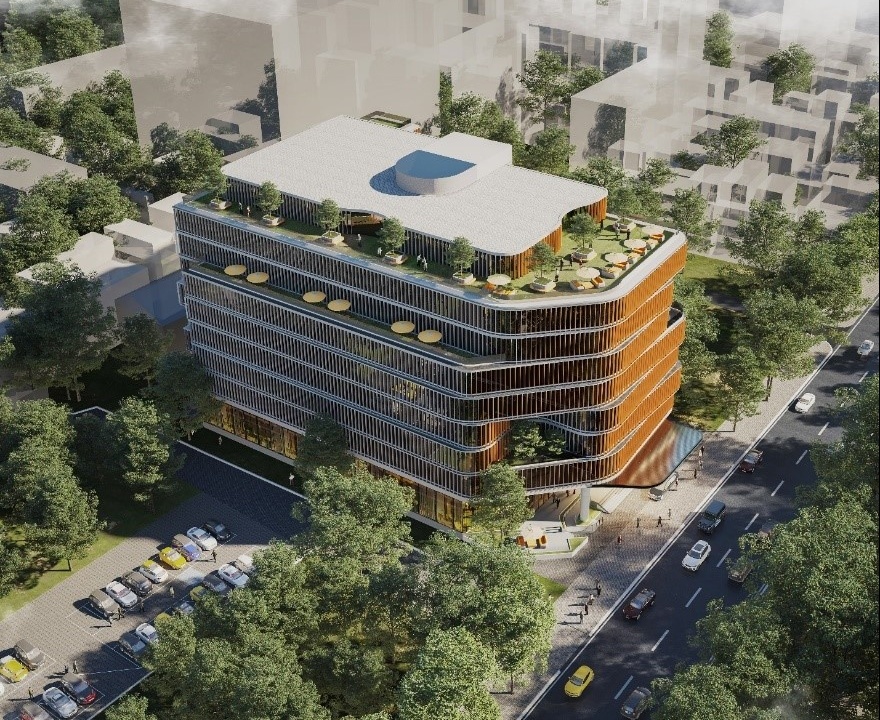
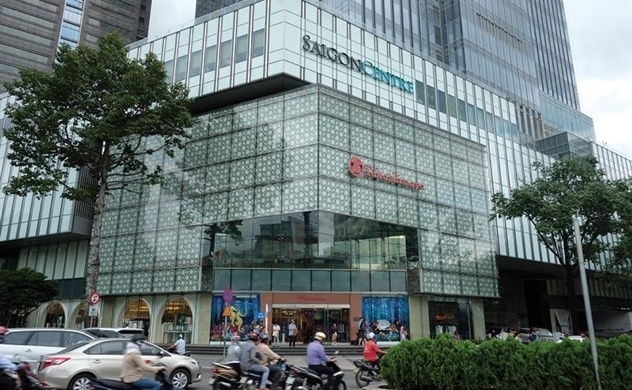




 Mobile Version
Mobile Version